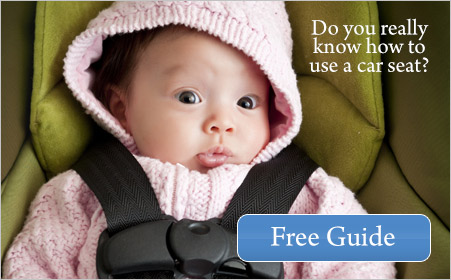
It is estimated that approximately 2-2.5 children are born with cerebral palsy (CP) out of every 1,000 births in the Western world. Cerebral palsy is a physical impairment which usually onsets between a child’s development in the womb and three years of age. Muscle stiffness, muscle weakness, coordination problems, and uncontrolled body movements are all symptoms of cerebral palsy.
Living with Cerebral Palsy
For parents of children living with cerebral palsy, one of their first questions is whether or not the condition is curable. While cerebral palsy is currently not a curable condition, the good news is that it is not a progressive condition either. Cerebral palsy occurs as the result of a one-time brain injury and will generally not worsen over time. In fact, there is mounting evidence that there is much parents can do to help their children regain some of their lost mobility and functionality.
The Benefits of Physical Activity
Doctors used to recommend against physical activity for children with cerebral due to concerns that children with cerebral palsy may be too fragile. But recent research has shown that children who suffer from cerebral palsy and engage in physical activity may not only increase muscle control and utilization, but they may also avoid the development of secondary complications associated with inactivity.
Daily Activity Encouraged
The World Health Organization recommends that children engage in an hour of physical activity every day. Children suffering from cerebral palsy are encouraged to engage in physical activity on a daily basis as well, in order to help with motor skills and muscular development. It is worth noting that children suffering from CP may require significant stretching beforehand.
Children suffering from CP may require the use of physical aids such as wheelchairs or walking frames, but despite these requirements they are nevertheless still encouraged to engage in daily activity.
Physical Activity Guidelines
According to the National Institutes for Health and Clinical Excellence, there are a number of guidelines children with cerebral palsy and their parents should follow relating to physical activity, including:
- Children with cerebral palsy should receive a physiotherapy assessment
- Children with cerebral palsy should regularly make use of available physiotherapy, including occupational therapy, when possible.
- Parents and caregivers should be careful to receive proper training and guidance before providing the affected child with physiotherapy.
- For children suffering from postural problems and/or muscle weakness, muscle strengthening therapy should be implemented.
Additional Articles:
Information about the legal rights of children with cerebral palsy.















